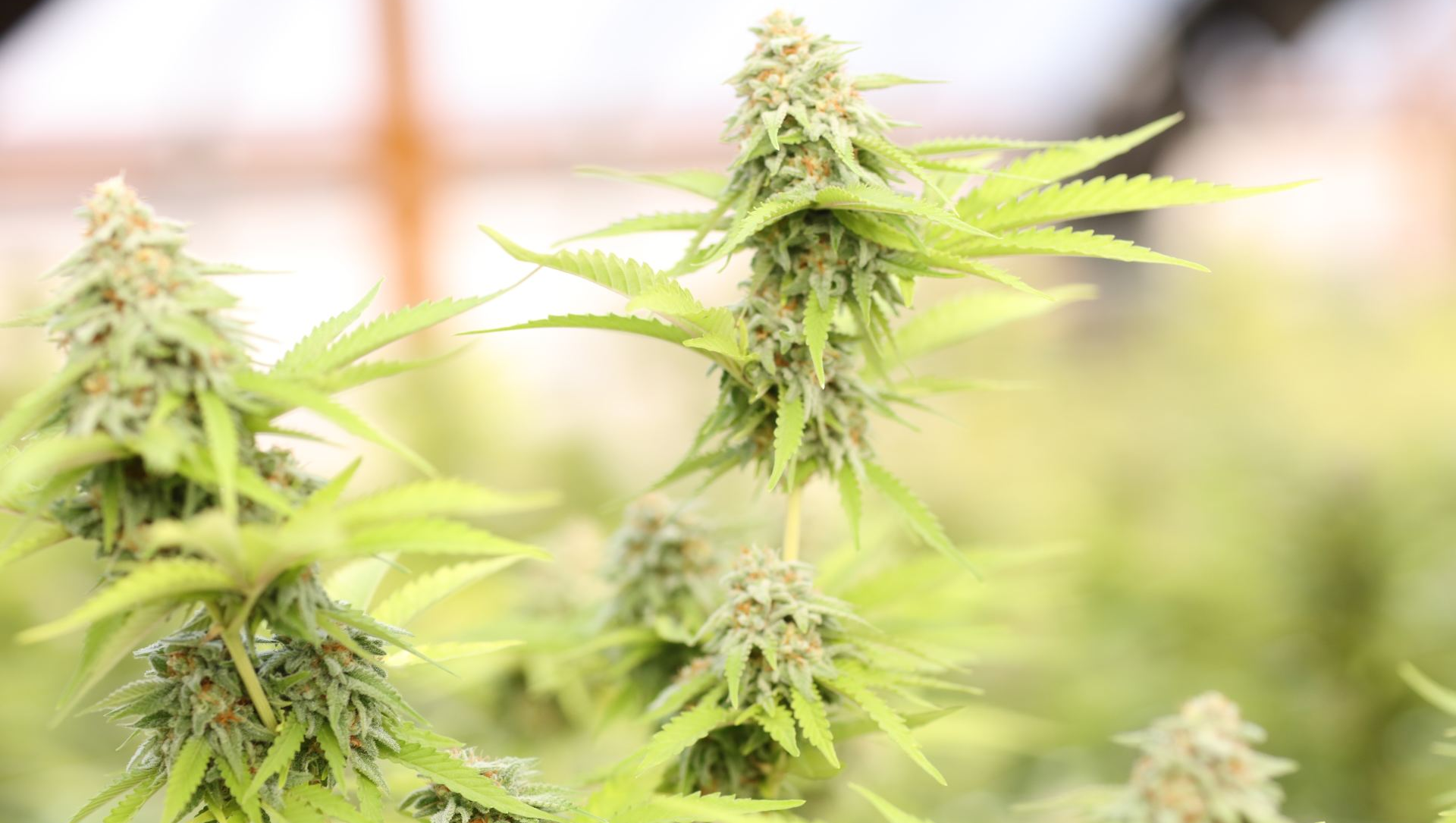
Data on retail demand in California and other states during the first half of this year from BDS Analytics was recently published by New Cannabis Ventures. According to the report, monthly sales by licensed retailers in California in June reached almost $249 million but were down slightly compared to the month prior.
Notably, while BDS’ data shows that retail sales through the first five months of 2019 were up significantly year-over-year, their assessment of June 2019 revenue in California shows that sales in that month were essentially unchanged from the same month in 2018. Furthermore, retail demand through the first half of this year appears to be up relative to the second half of 2018, but not by a significant amount. In other words, a generally upward trend in sales from October 2018 through June 2019 is apparent, but the rate of increase is gradual, especially compared to the explosive sales growth observed in the early months and years of some other adult-use markets.
Also notable in BDS’ data: the share of retail revenue constituted by sales of flower is the smallest in California of the four state markets for which information is provided. The report states that flower made up a third of retail revenues in California’s legal market in June, down significantly compared to a year ago. However, BDS also states that year-to-date flower sales revenue for H1 2019 is over $470 million, up by 7% compared to the same span in 2018.
The report notes that retail prices for flower are higher than in other states. This assessment corresponds to our wholesale price data, which has seen California’s Spot Index track at higher levels than those of Colorado or the other West Coast markets. While flower is more expensive in California relative to the other major markets – apart from Nevada – our wholesale price assessments for the state’s market have largely avoided significant volatility this year.
Flower’s relatively small market share in California, combined with a fairly gradual growth rate in sales, may be contributing to the steadiness in wholesale rates for such product in the state this year, even as licensing issues have shaken up the supply side of the market.
The BDS report notes that high flower prices can stifle demand, while lower rates can boost it, a phenomenon that appears to be occurring in Oregon. If rates for flower remain fairly high in California, consumers may continue to choose concentrates and edibles at rates higher than in other states if they believe they are getting more value for money from such products.
BDS’ account of 2018 retail sales in California’s legal market also shows similarities to trends documented in states with more mature regulated systems, specifically a rise in sales in August, corresponding generally to Labor Day weekend, followed by a lull in the autumn. Finally, BDS’ data shows monthly sales rising in December 2018 to close last year.
If retail demand follows similar trends going forward as it did in 2018, then we can expect sales to be on the rise this month relative to July. While increased demand of course puts upward pressure on wholesale prices generally, such an impact may be emphasized this year. The mass expiration of temporary cultivation licenses in recent months has resulted in hundreds of growers who were not able to gain annual or provisional permits being unable to legally sell their production into the licensed system.
However, it is possible that development could be offset to some extent by existing growers that have been able to maintain licensure expanding their production capacity and becoming more efficient in their operations compared to last year. The BDS report states that, despite June 2019’s sales revenues being comparable to a year ago, sales volume of flower was up, while retail prices for such product were down, suggesting adequate supply.
Meanwhile, changes to California licensing rules will allow any applicant for an annual license to gain a provisional one, as opposed to the transitional permits being open only to those who previously held temporary licenses, as prior regulations specified. This change should allow those hoping to enter California’s regulated market for the first time to do so more easily, possibly leading to an uptick in the number of licensed growers after their ranks contracted significantly through the spring and summer. Still, brand new entrants to the market will need time to set up operations and begin generating supply, but those who previously operated with temporary permits could theoretically hit the ground running upon gaining a provisional license.